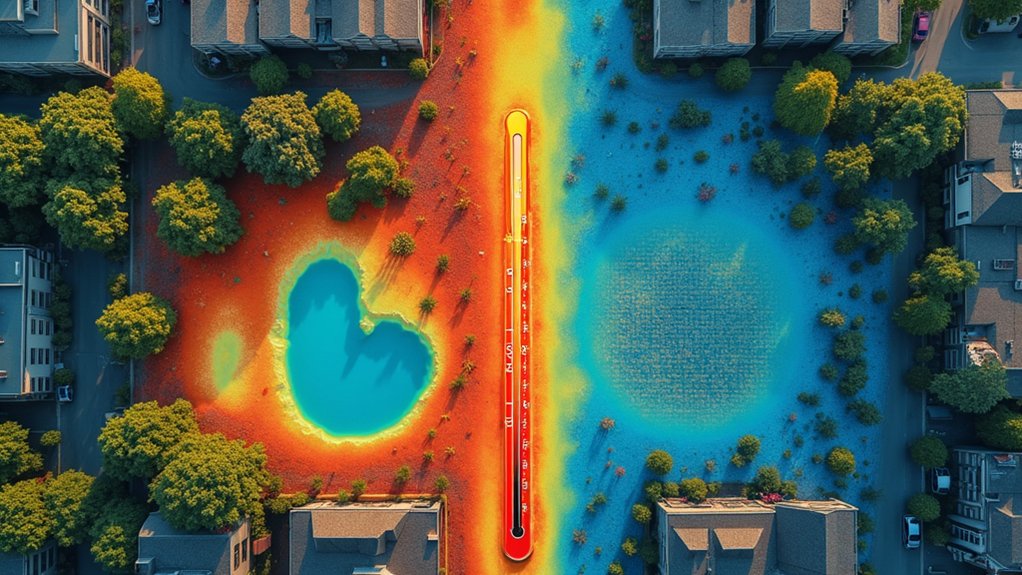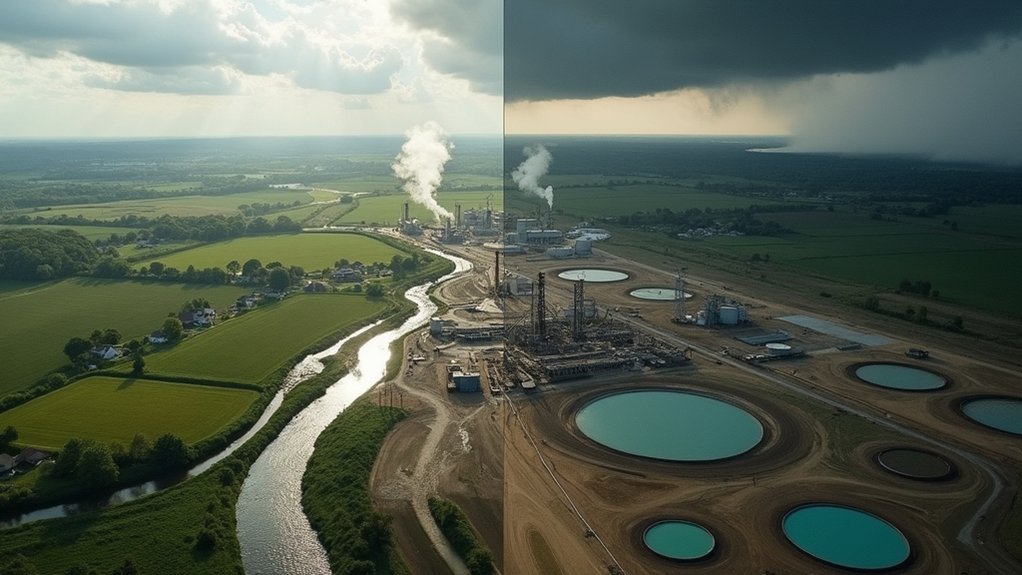Just as American cities brace for another scorching summer, the federal government yanked $2.25 million from what would’ve been the nation’s first extensive heat resilience program.
The Center for Heat Resilient Communities got the news like a bucket of ice water to the face—except nobody needs ice water more than the communities they were trying to help.
Program leaders at UCLA’s Luskin Center for Innovation say they’ll keep working, but at an “incredibly scaled down” capacity. Translation: they’re basically running on fumes while cities literally cook.
Here’s the thing about heat—it discriminates. Wealthier neighborhoods with their leafy streets and manicured parks stay cooler. Meanwhile, marginalized communities surrounded by concrete and asphalt bake like pizzas in an oven.
We’re talking temperature differences of 8 degrees Fahrenheit or more between neighborhoods in the same city. That’s not a small gap. That’s the difference between uncomfortable and deadly.
The defunded program would’ve helped cities nationwide develop universal heat plans. Because right now, every city’s winging it. Phoenix’s dry heat hits different than Miami’s swampy nightmare, but both kill people.
Every city’s winging it with heat plans while people die from Phoenix’s oven to Miami’s swamp.
No two cities experience heat the same way, yet there’s no playbook for dealing with it. Extreme heat causes twice as many deaths annually in the U.S. compared to hurricanes and tornadoes combined.
California’s stepping up where the feds stepped out. Governor Newsom announced $32.4 million in May 2025 to help 47 communities deal with extreme heat.
It’s the first grant program of its kind—implemented right as the federal programs vanished. Convenient timing.
Meanwhile, Senators Markey and Gallego introduced the Excess Urban Heat Mitigation Act in March 2025, proposing $30 million in competitive grants through HUD. The legislation comes as 84% of Americans support tax credits for energy-efficient systems that could help reduce indoor heat exposure.
The bill came after Phoenix and other western cities broke spring temperature records. Again.
The urban heat island effect isn’t some abstract concept. Thirty-four million Americans live in areas where temperatures spike 8 degrees higher than surrounding regions.
Parking lots, sidewalks, and roadways turn into heat-absorbing monsters. Add in the $20 billion in federal climate money stuck in legal limbo, and you’ve got cities facing rising temperatures with shrinking resources.
Like remote Indigenous communities facing geographic isolation due to melting ice roads, urban neighborhoods are increasingly vulnerable to climate change’s uneven impacts.
European cities keep adapting while American communities sweat it out, waiting for help that might never come.
References
- https://grist.org/cities/funding-american-cities-extreme-heat-noaa-ira/
- https://www.allsides.com/news/2025-06-04-0215/environment-funding-protect-american-cities-extreme-heat-just-evaporated
- https://lci.ca.gov/news/2025/05-29.html
- https://www.climateproof.news/p/us-court-battle-over-climate-grants-heats-up-european-cities-make-progress-on-adaptation-and-more
- https://www.markey.senate.gov/news/press-releases/markey-gallego-introduce-legislation-to-combat-urban-heat-islands








